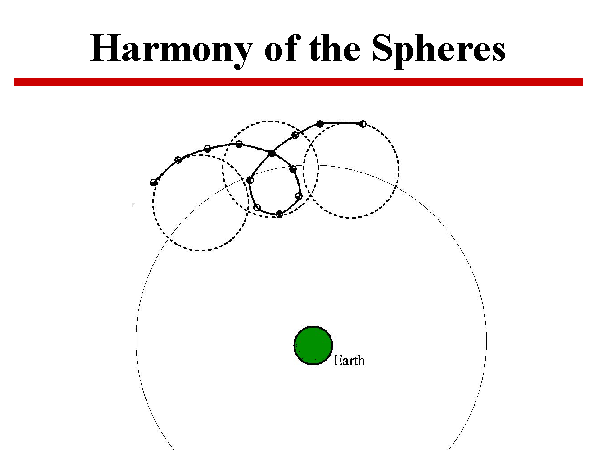Slide 4 of 8


Unfortunately, more careful observation of the motion of the planets
complicated this simple and elegant picture. For example some of the
planets were observed to retrace their steps in the sky at certain
times of the year. This so-called ``retrograde motion'' could not be
explained in terms of simple circular motion around the
Earth. However, the ancient astronomers were very devoted to the
principle that the circle had to be the basis for celestial motion and
cleverly found a way to retain this view. They realized that if they
allowed the planets to move on circles within circles (epicycles) they
could in fact fit the retrograde motion of certain
planets. Unfortunately, the more accurate the observations became, the
more circles within circles needed to be added in order to fit them,
until the elegance and simplicity of the underlying geometrical shape
was completely overshadowed by the complexity of the model. Moreover,
the ``epicycle'' explanation for the motion of the planets lacks
predicitive power. Any type of orbit can be fit with this model simply
by adding a sufficient number of epicycles. Thus although epicycles
could describe celestial motion, they did not in any sense constitute
what we would think of today as a scientific theory. Ironically, once
Copernicus pointed out that the Sun and not the Earth was the center
of planetary motion, the orbits of the planets were revealed to be
very nearly circular after all.



